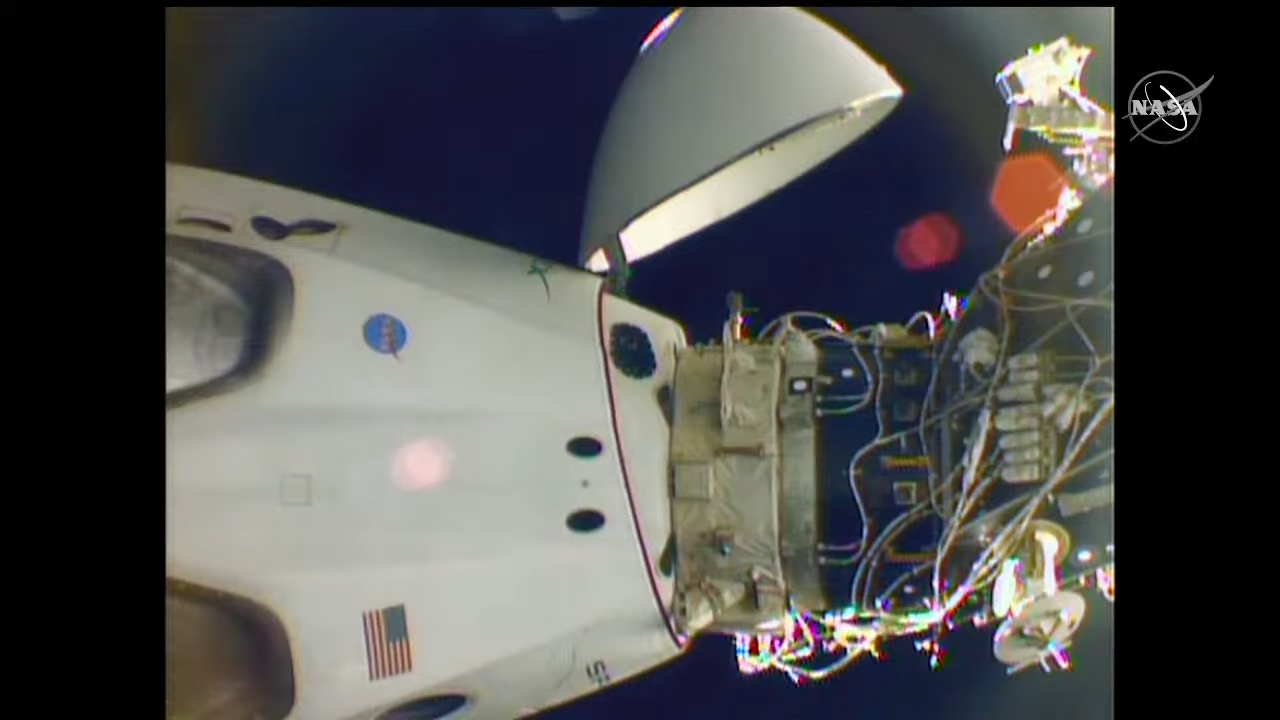 Early on Monday, a Crew Dragon was docked at the "forward" port of the Harmony module.NASA TV
Early on Monday, a Crew Dragon was docked at the "forward" port of the Harmony module.NASA TV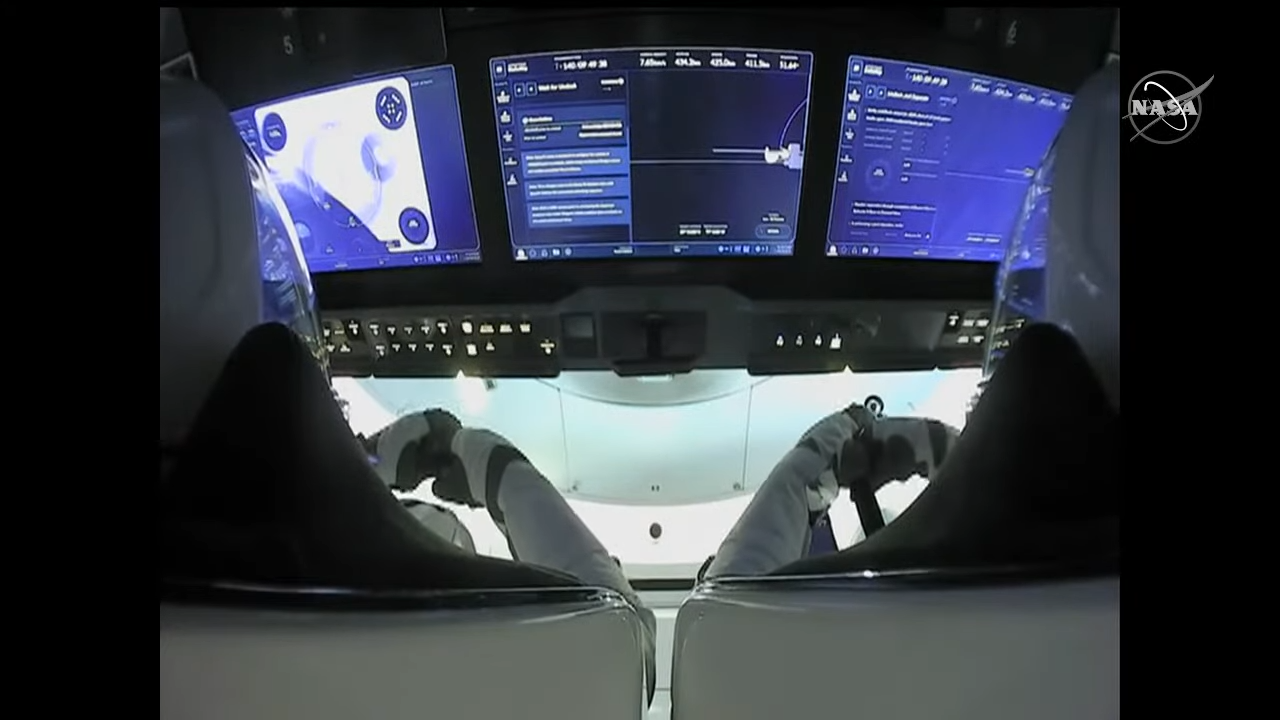 Four crew members were inside the Dragon spacecraft Resilience.NASA TV
Four crew members were inside the Dragon spacecraft Resilience.NASA TV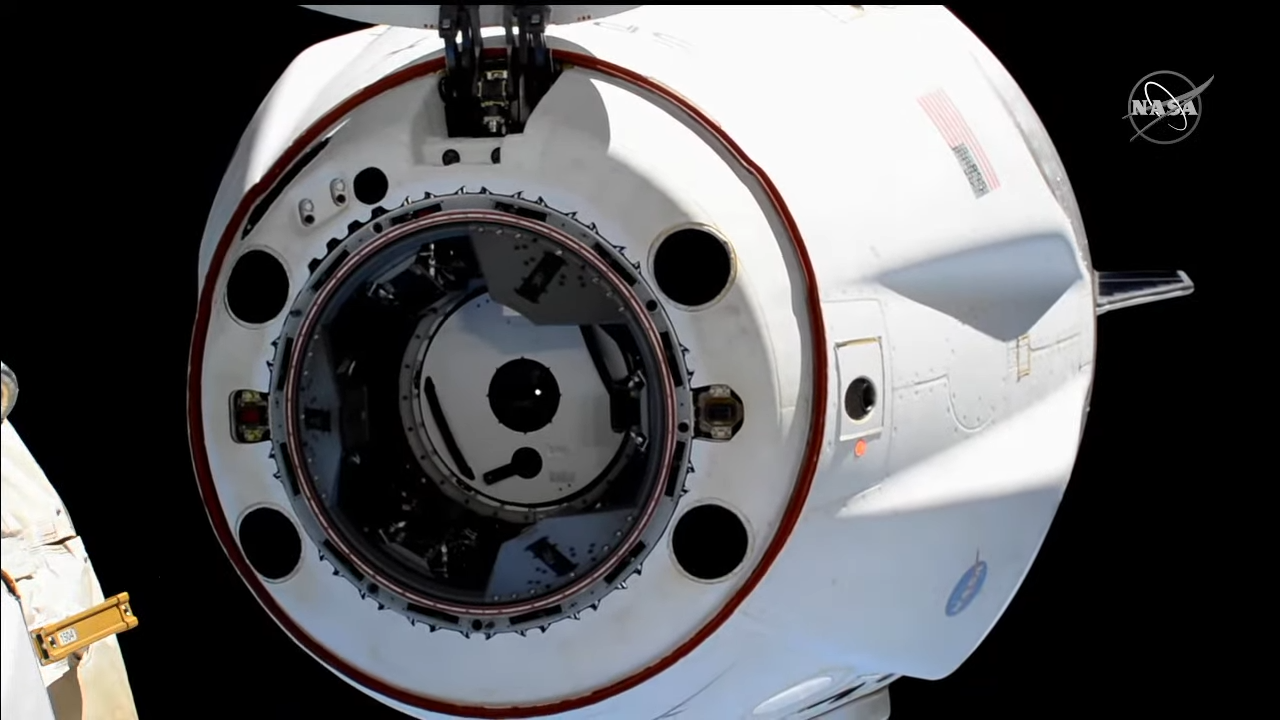 Soon, they began to back away from the station.NASA TV
Soon, they began to back away from the station.NASA TV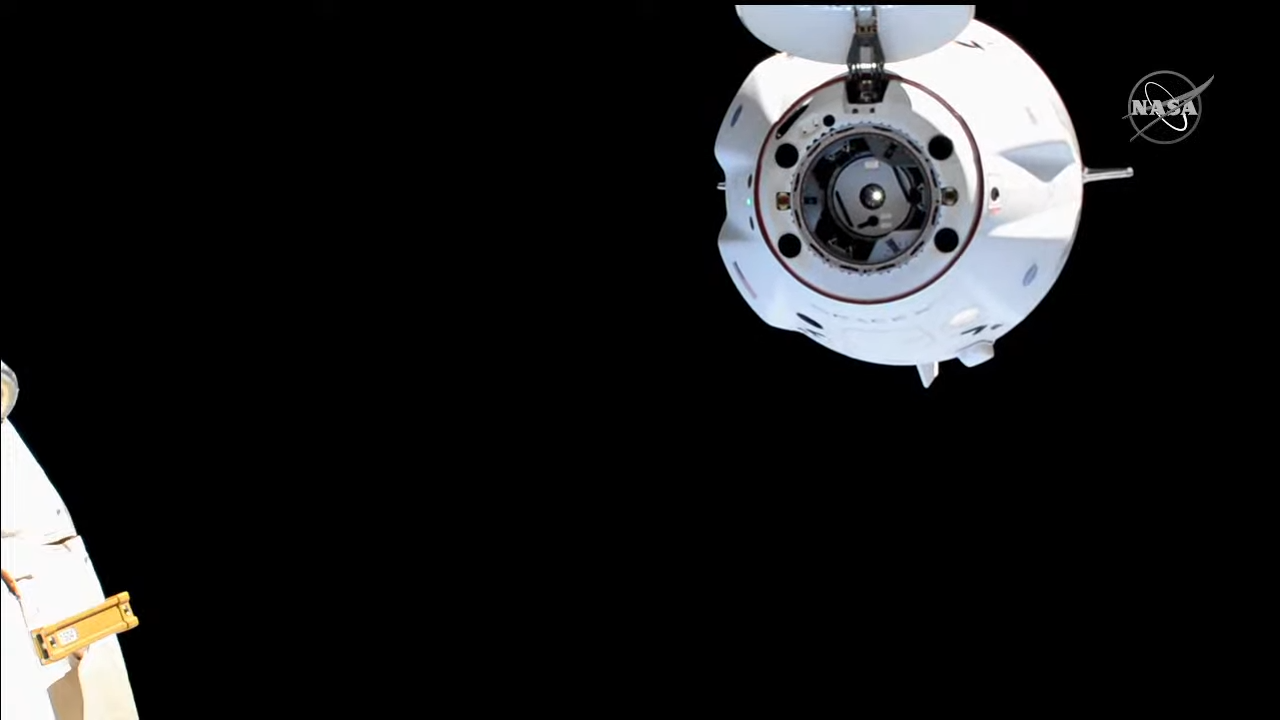 And farther away.NASA TV
And farther away.NASA TV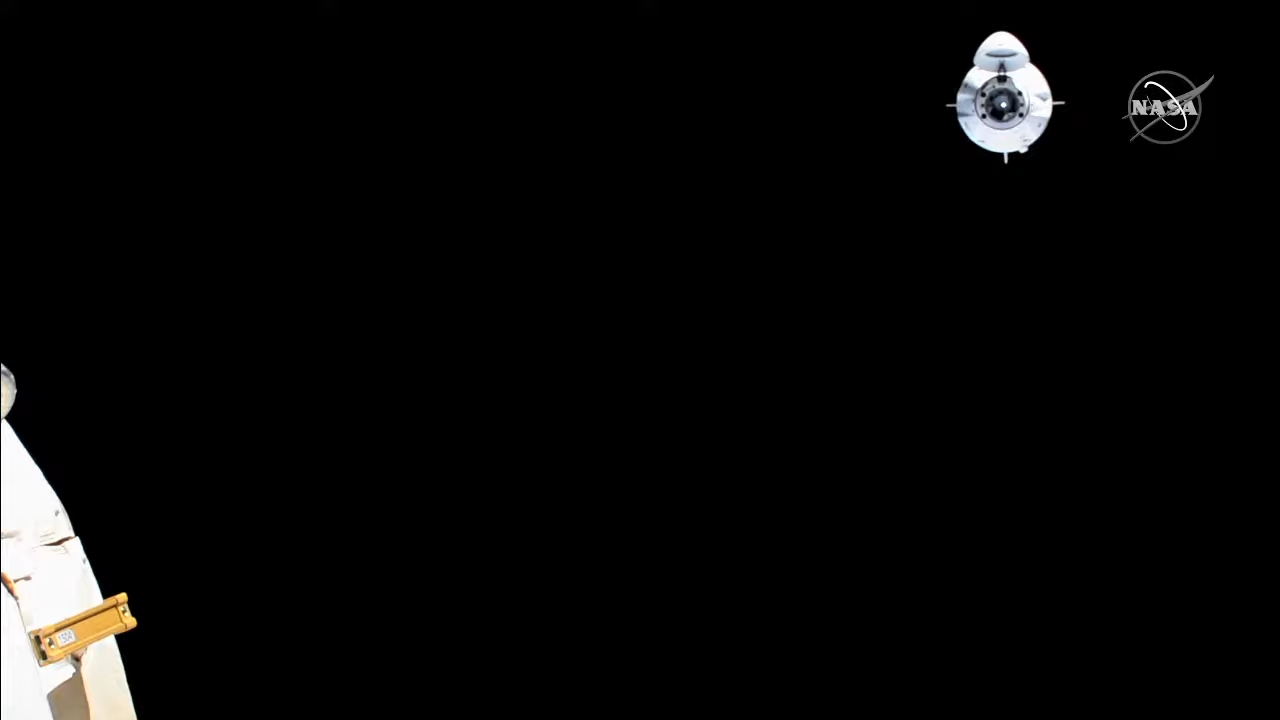 The spacecraft reached a distance of 60 meters and reoriented itself.NASA TV
The spacecraft reached a distance of 60 meters and reoriented itself.NASA TV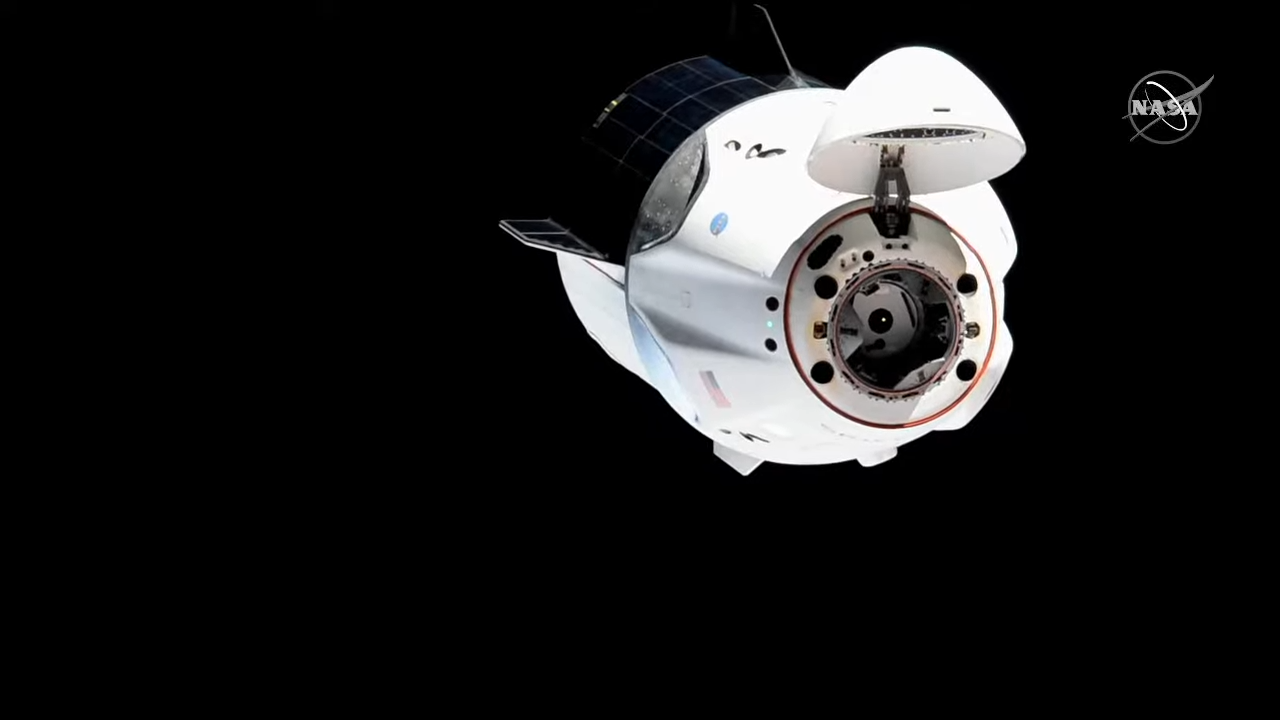 Then the vehicle came back.NASA TV
Then the vehicle came back.NASA TV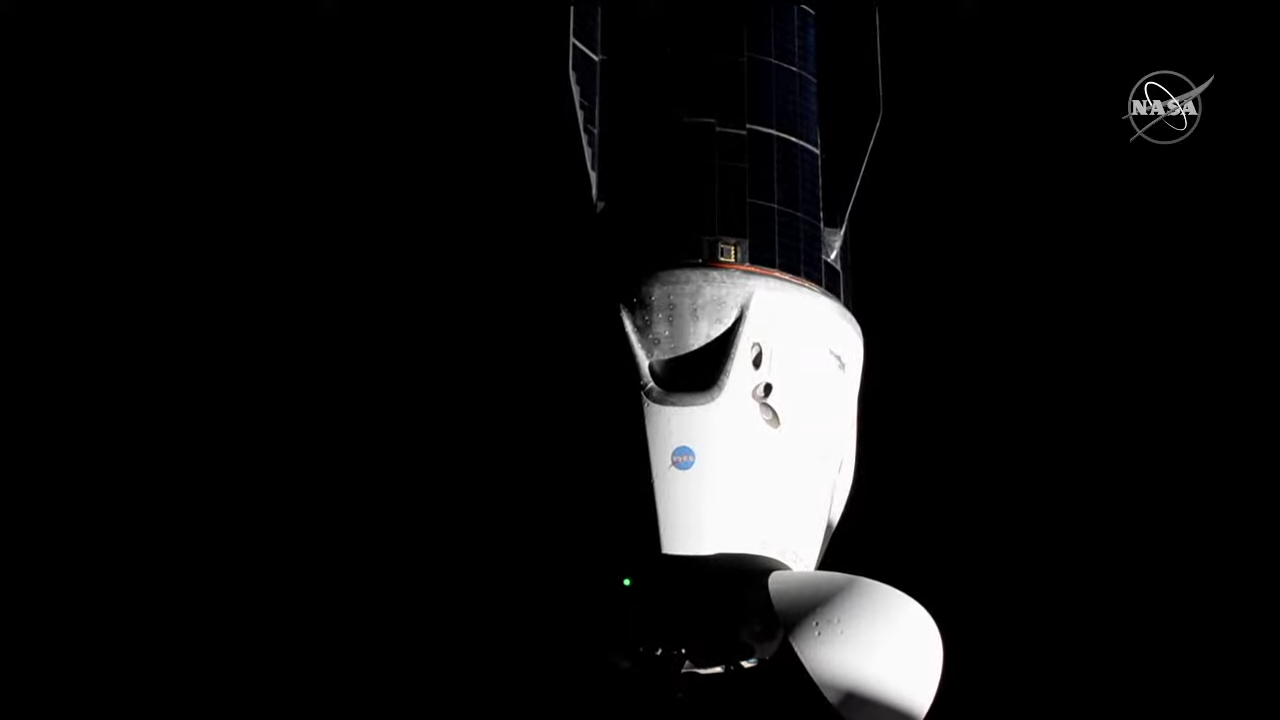 It was coming in to dock with the "zenith" port on the same space station module.NASA TV
It was coming in to dock with the "zenith" port on the same space station module.NASA TV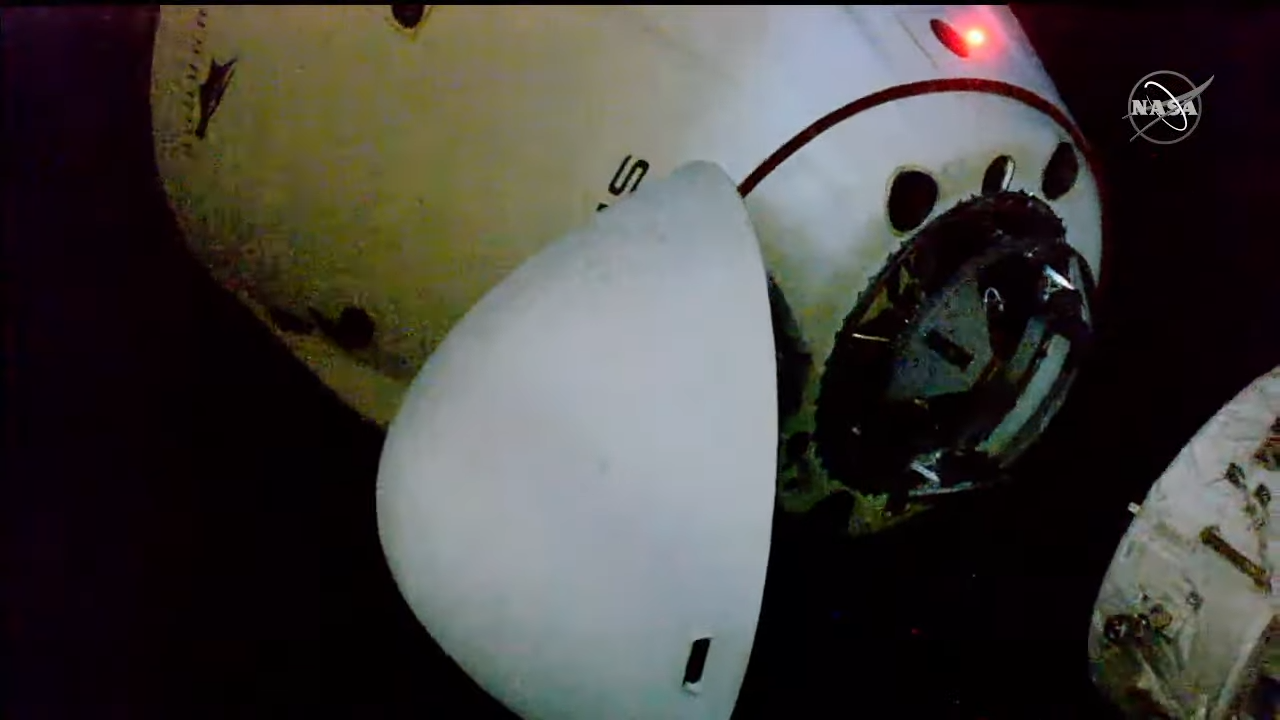 Almost there.NASA TV
Almost there.NASA TV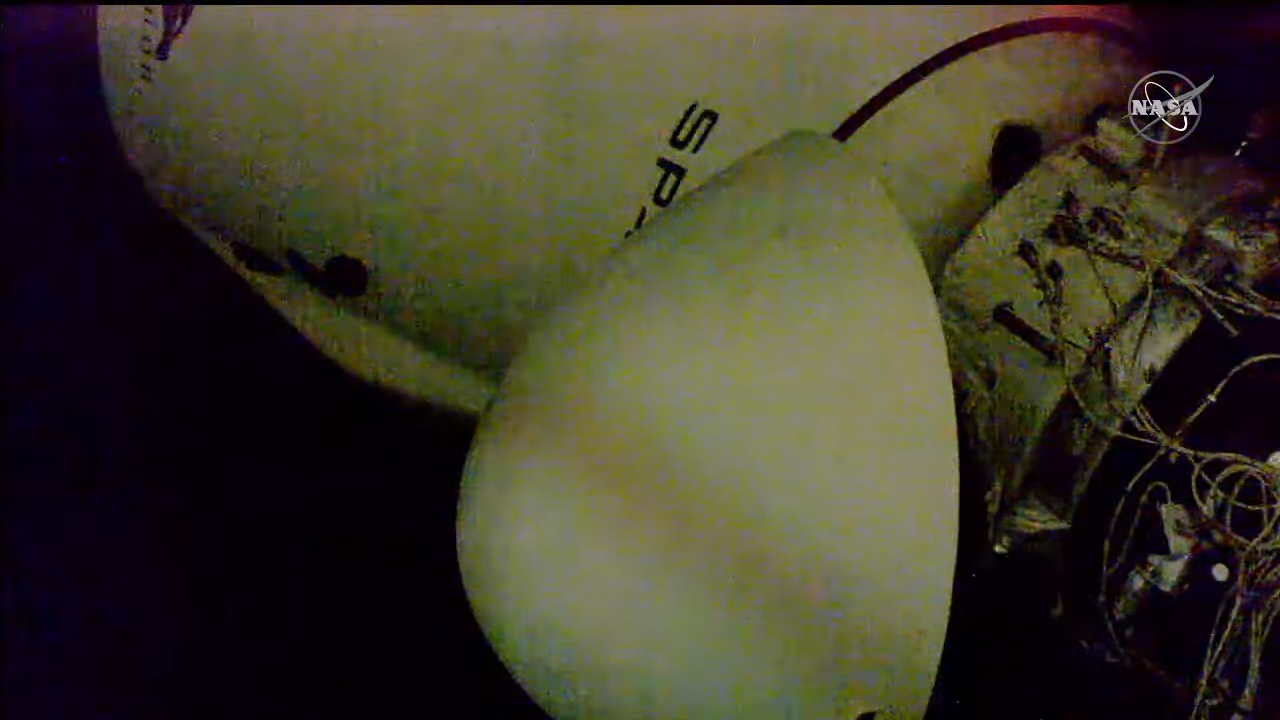 And less than an hour later, all was back together.NASA TV
And less than an hour later, all was back together.NASA TV
Early on Monday morning, four astronauts donned their flight suits and clambered into their Crew Dragon spacecraft, named Resilience.
But they were not coming home. Rather, NASA astronauts Mike Hopkins, Victor Glover, and Shannon Walker, as well as Japanese astronaut Soichi Noguchi, were preparing to move the Crew Dragon spacecraft for the first time.
Over the course of 38 minutes, the spacecraft smoothly backed away from the International Space Station's Harmony module to a distance of 60 meters from the large laboratory. Under the power of its Draco thrusters, Resilience then reoriented itself to dock with another port on the Harmony module.
During this autonomous maneuver, Resilience moved from the module's "forward" port to its "zenith" port. The reason for this shuffle was the anticipated arrival of another Crew Dragon mission in a few weeks—carrying four more astronauts—at the space station, as well as a cargo Dragon mission in June.
This cargo mission, the 22nd one flown by SpaceX, will be carrying large solar panels for the space station inside its trunk. This Cargo Dragon must dock to the zenith port to enable the space station's large robotic arm to grab the panels for installation of the space station. This arm could not reach the spacecraft's "trunk" were it docked to the forward port.
So on Monday, Resilience moved to this zenith port. This will allow the next Crew mission, slated to launch no earlier than April 22, to dock at the forward port. Then, after Resilience departs in late April, the CRS-22 cargo mission will be free to dock at the zenith port.
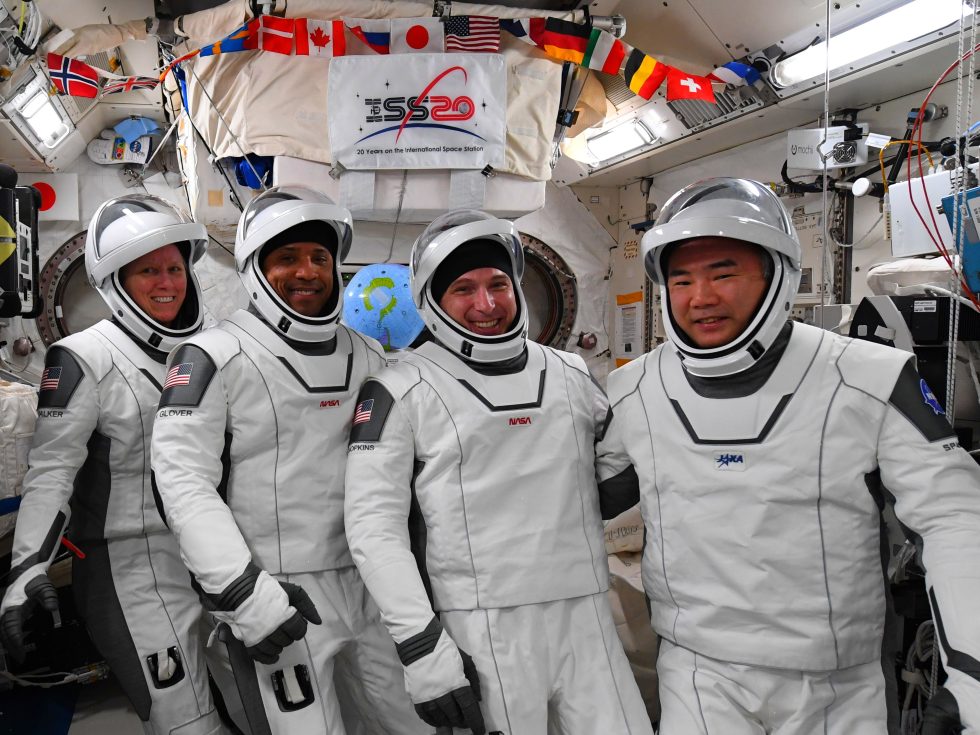
This may all be a little confusing, we admit, but the bottom line is that SpaceX Dragons are creating something of a traffic jam in orbit. NASA, of course, is very happy to have US spacecraft to supply the station with both cargo and crew.
So why were four crew members needed aboard the vehicle if the entire procedure was autonomous? For the Crew-1 mission carrying Hopkins, Glover, Walker, and Noguchi, Resilience is their ride home. So even though they never touched the flight controls, the crew needed to be inside the spacecraft in case an emergency—however unlikely—occurred and they needed to break off the maneuver and return to Earth. Fortunately, that didn't happen.
Listing image by NASA TV
Article From & Read More ( Four astronauts took a Dragon for a spin on Monday morning - Ars Technica )https://ift.tt/3usp5GD
Science
No comments:
Post a Comment